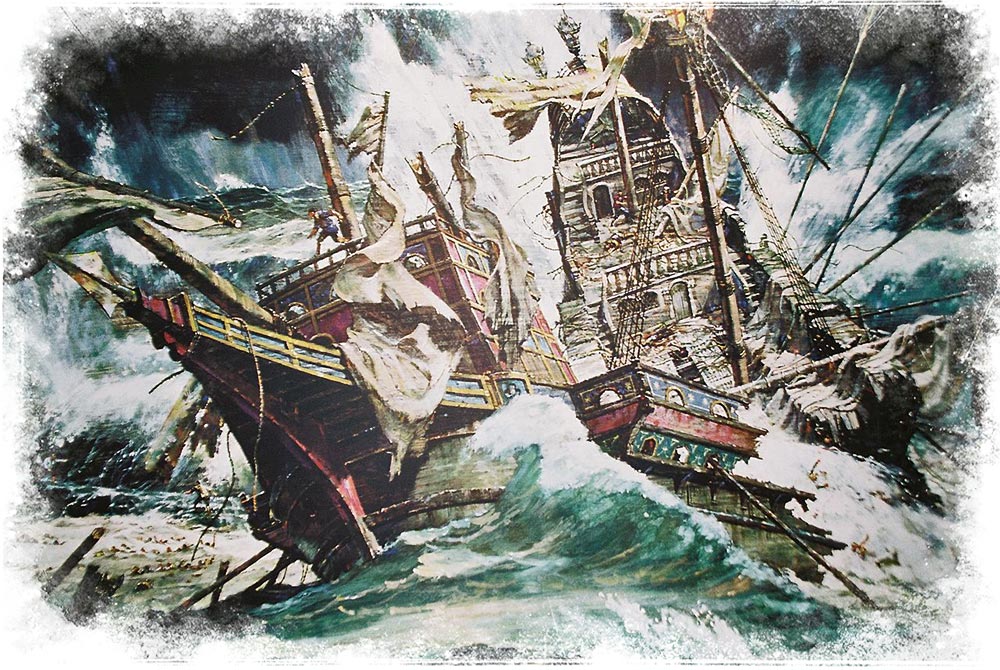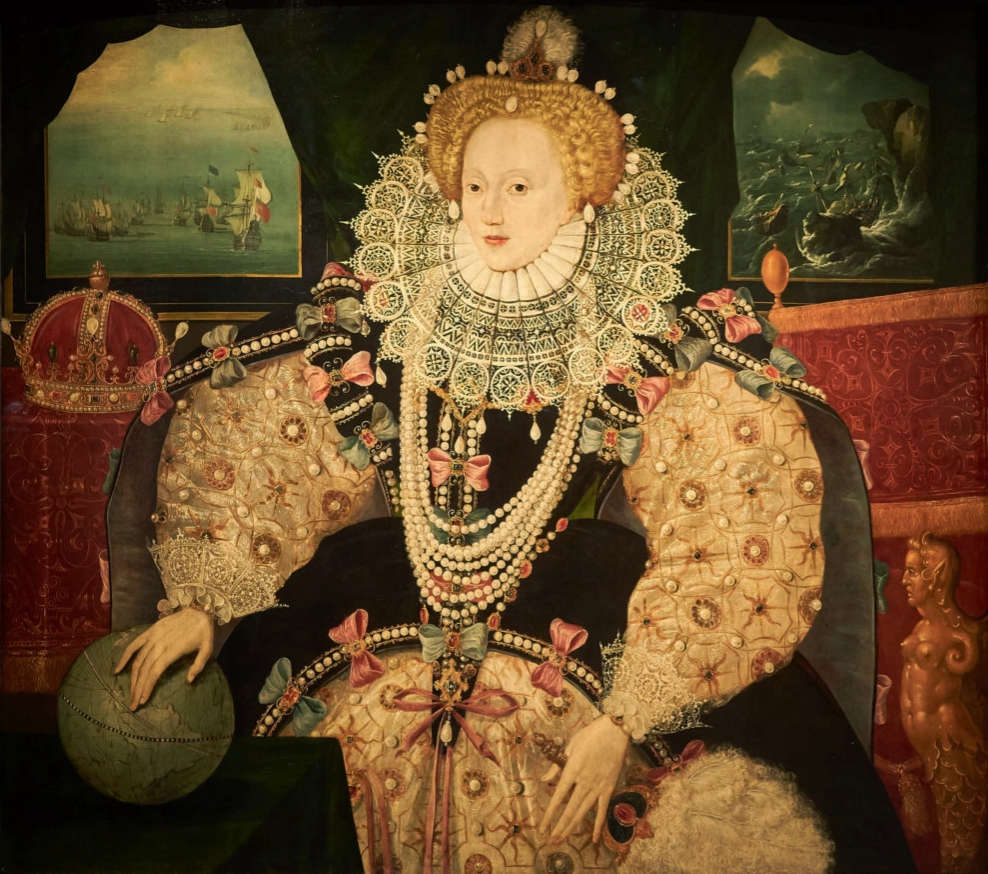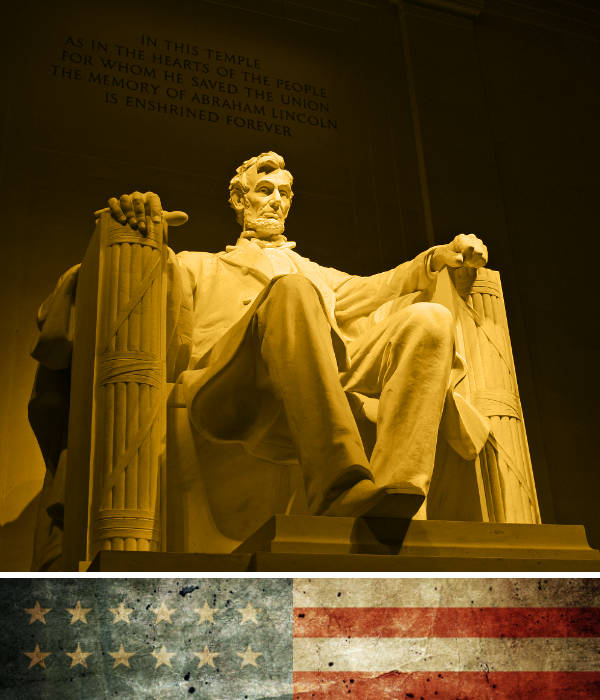Fires over England
The Spanish Armada

Yet as I gather certainly there are amongst them 50 forcible and invincible ships, which consist of those that follow: viz 9 gallions of Portugal of 800 tonnes a piece saving 2 of them are but 400 tonnes a piece; 20 great Venetians of the seas, within the straight of 800 [tonnes] a piece. One ship of the Duke of Florence of 800 tonnes; 20 great Biskaners of 500 or 600 tonnes; 4 galliasses whereof one is in France. There are 30 hulks and 30 other small ships, whereof litle account is to be made.
Extract from a letter from John Hawkins to Francis Walsingham
Philip II, King of Spain and of Portugal, Most Catholic, and the most powerful monarch in the world, is running out of patience. He is a cautious man, especially at this late stage in his life, prone to overconsulting his advisers and second-guessing himself. He takes Mass as many as six times a day, and the crown lies heavy. But his English cousin is pushing him too far. Elizabeth I of England is not his actual cousin - she is the bastard daughter of a whore (even the Pope says so), and of no less a whore than Anne Boleyn, who supplanted Philip's great-aunt's place as wife of Henry VIII of England - but she used to be his (half) sister-in-law, and he long entertained hopes of marrying her himself. No longer. Elizabeth has led her country into heresy, and now she is supporting the Protestant rebels waging an increasingly gruelling insurrection against Philip's rule of the Netherlands. Philip, and most of Catholic Europe, has long held out for the childless Elizabeth's death and and the succession of Mary Queen of Scots, great-granddaughter of Henry VII, devout Catholic, and former Queen-Consort of France, but in February 1587 Elizabeth has Mary executed. In sixteenth-century European dynastic politics, the political is very much personal, and Philip has had enough. It is time someone put England's house in order.
Philip resolves to conquer his former kingdom, and though these plans are delayed when Sir Francis Drake sacks of the Spanish port of Cadiz, destroying around 30 ships and countless supplies in the process, this only increases Spanish determination. 30,000 troops are gathered in the Spanish Netherlands under the command of the Duke of Parma, ready to be ferried across the Channel once the Armada has established a safe bridgehead on the other side. Preparing such a great fleet, including 28 purpose-built warships, takes time, and the English know invasion is imminent, but Philip doesn't care – he knows the power of the English navy, indeed he had helped initiate a naval building programme in 1557 when he envisaged those ships sailing with Spain and not against her, but what can it do to stop the greatest fleet the world has ever seen? On 25 April 1588 the Pope blesses the Armada's banner and launches this new crusade to fulfill God's work and return England to the fold of Christian nations.
On 19 July the Armada is sighted off the Cornish coast, and a signal relayed immediately to London via a series of fire beacons along the south coast and up to the capital. The English fleet is trapped in Plymouth harbour by the incoming tide, but two days later they engage the Spanish, bombarding them at a distance to remain beyond boarding range, but though both sides launch innumerable volleys of cannonfire, the only damage suffered is by two Spanish ships that collide with one another. The Spanish fleet keeps a tight crescent-shaped formation throughout wherein the larger, slower galleons formed the nucleus protected by lighter, faster vessels, and this proves largely immune to repeated English assaults.
At this point rough seas and the dangerous sandbanks around the Isle of Wight compel the Spanish naval commander, the Duke of Medina Sidonia, to sail for Calais, to make anchor there and await Parma's army, which is to be ferried in barges across the Channel under the Armada's protection. Parma's army cannot reach the main fleet however as it is blockaded by a Dutch force of 30 flyboats, light ships with a shallow draught that could operate in coastal waters impassable to the heavier vessels of the Armada. The unarmed Spanish barges would be easy pickings for the Dutch between shore and the Armada, something Spanish planners had steadfastly overlooked, but the impasse does not last long.

In the middle of the night of 28 July the English fill eight of their warships with pitch, tar, gunpowder and brimstone, set them alight, and launch them towards the anchored Armada. Medina Sidonia has anticipated this, knowing his fleet to be invulnerable so long as it maintains formation, and he has ordered his captains to stand their ground, but panic drives many vessels to cut their anchor ropes and scatter. The Dutch had used 'hellburners', fireships filled with gunpowder, to devastating effect during the Siege of Antwerp a few years previously, when 2,000 Spaniards had lost their lives as they exploded, and though the English fireships drift harmlessly through the Armada, the damage is done. With their crescent shattered the Spanish are vulnerable for the first time, and as Medina Sidonia tries to reform outside the small port of Gravelines in Flanders, the English fleet attacks.
The English ships sail closer this time, to within 100 metres, close enough for their guns to breach the Spanish hulls, and close enough for the soldeirs on deck to exchange musket fire. The Spanish tactic of firing one heavy broadside and then swarming the rigging ready to board the enemy leaves them ill-equipped for fast reloading, while the English ships' maneuverabilty enables them to evade close quarter combat and pore fire on the Spanish until, after around eight hours, their ammunition is exhausted and they are forced to withdraw. Four Spanish galleons had managed to hold the English at bay, saving the rest of the Armada at the cost of five ships, but with the English fleet in the Channel the Spanish have to sail north to regroup.
I know I have the body of a weak, feeble woman; but I have the heart and stomach of a king, and of a king of England too, and think foul scorn that Parma or Spain, or any prince of Europe, should dare to invade the borders of my realm.
Attributed to Elizabeth I
With no obvious means to rendezvous with Parma's army and food and water running short, the Armada elects to take a northerly route around Scotland and back to Spain rather than attempt to fight through the English blockade of the Channel. As they pass the tip of Scotland and head south again, powerful westerly winds combine with the Gulf Stream to push them further east than they intend or realise, and into an almighty storm. As ship after ship is crushed against rocks and lost to the waves, numerous captains attempt to beach their vessels in Ireland, hoping that their fellow Catholics will offer them shelter, only to be butchered by English forces or the Irish themselves. In all, only 67 of the 132 ships that left Lisbon make it back to Spain, and maybe 10,000 of the 26,000 soldiers and sailers that sailed with them. The English navy lost less than 100 men all told from its engagements with the Armada, though thousands more will die in the aftermath from disease as Elizabeth refuses to let them disembark, fearing the Spanish might return.
Historiographically, the Armada is one of the high watermarks in English history, the apotheosis of Gloriana, of the legend of Elizabeth I, the Virgin Queen. Petruccio Ubaldini's influential Discourse Concerning the Spanish Fleet (written in 1588 for Lord Howard of Effingham, the commander of the English fleet) painted a vivid portrait of a divinely-ordained victory, of a Protestant Wind that blew the Spanish to their destruction. In later years, especially those of the Catholic-leaning Stuart monarchy of the early seventeenth century, Elizabeth came to be synonymous with a united and Protestant England, a far cry from the impoverished and divided land she actually ruled, an icon for the Godly (meaning Protestant and, increasingly, Puritan) cause. The words of her speech delivered to the 4,000 troops amassed at Tilbury to hold the Thames Estuary against Parma's 17,000-strong invasion force, when she resolved, in the midst and heat of battle, to live or die amongst you all – to lay down for my God, and for my kingdoms, and for my people, my honour and my blood even in the dust
are the stuff of legend, but they are also sourced from a letter written 35 years later, by a perhaps unreliable narrator in 1623. One of the most famous speeches in English history it may be, but that doesn't mean it ever actually happened, at least not quite as history records: If we did not know that these words were written by Queen Elizabeth,
mused historian Joel Hurstfield, we should be inclined to wonder whether they were written by William Shakespeare
.

We might equally say that the defeat of Armada changed nothing. The Anglo-Spanish war continued until 1604, in which time two further armadas were frustrated by storms (in 1596 and 1597), the English landed at Lisbon (1589) and Cadiz (1596), and the Spanish raided Cornwall (1595) and Ireland (1601), all to little or no avail. The Peace of London signed in 1604, between James I of England and Philip III of Spain once all the old warriors were dead, restored the status quo as it had stood before hostilities ever began. And yet the Armada's destruction had showed that there were limits to Spanish power, that the seas were not subject to His Spanish Majesty, and that that formerly most favoured of nations did not, after all, have a monopoly on Providence. Had Elizabeth been deposed in 1588 Spain's main rival in the Americas may have been the French, who traded, explored and mixed enthusiastically with the natives, but never really settled in any great number. Instead it was England that came to look westward with the most drive and ambition, England that aspired to challenge Spain's long dominion. This vision is most famously expressed in the Armada Portrait of the Queen, a depiction of Elizabeth sat in front of two windows displaying the destruction of Spain's invincible armada in the face of England's fire ships and dashed upon the rocks in the tempest. Elizabeth faces away from the darkness and towards the light, her hand on the world that lay open to her people, fingers resting over the Americas, pointing the way to the New World.
God blew and they were scattered.
Inscription on an Armada medal
Bibliography
- Armitage, D. (2004). The Elizabethan Idea of Empire. Transactions of the Royal Historical Society, 14, 269-277.
- Frye, S. (1992) 'The myth of Elizabeth at Tilbury' The Sixteenth Century Journal, vol. 23, no. 1, pp. 95-114.
- Taylor, Alan (2013) Colonial America: A very short introduction. Oxford, Oxford University Press.

